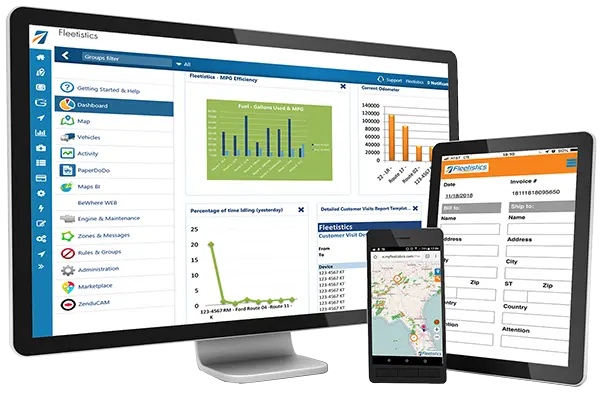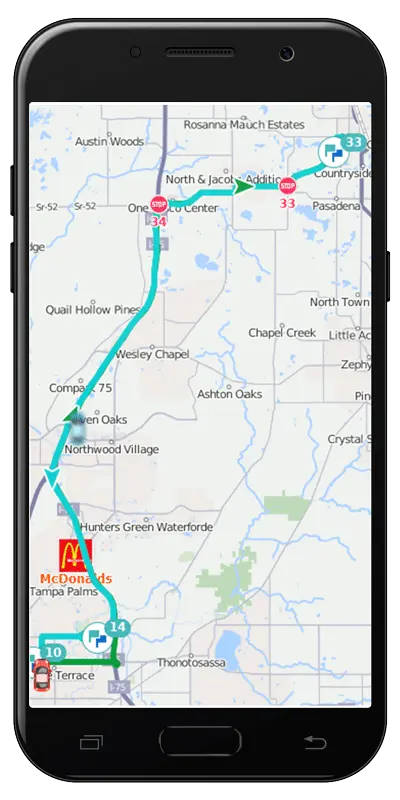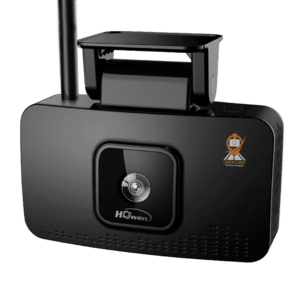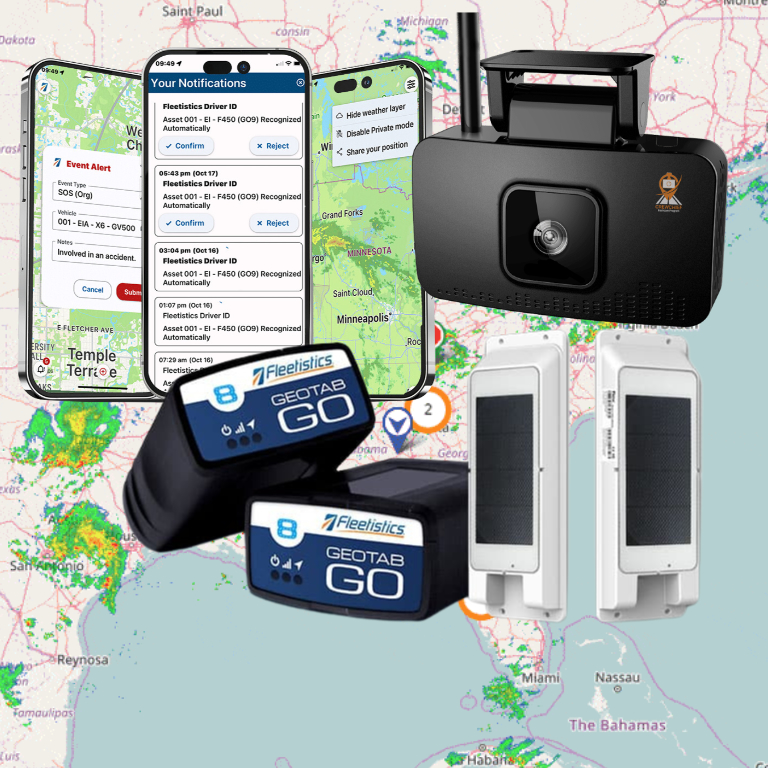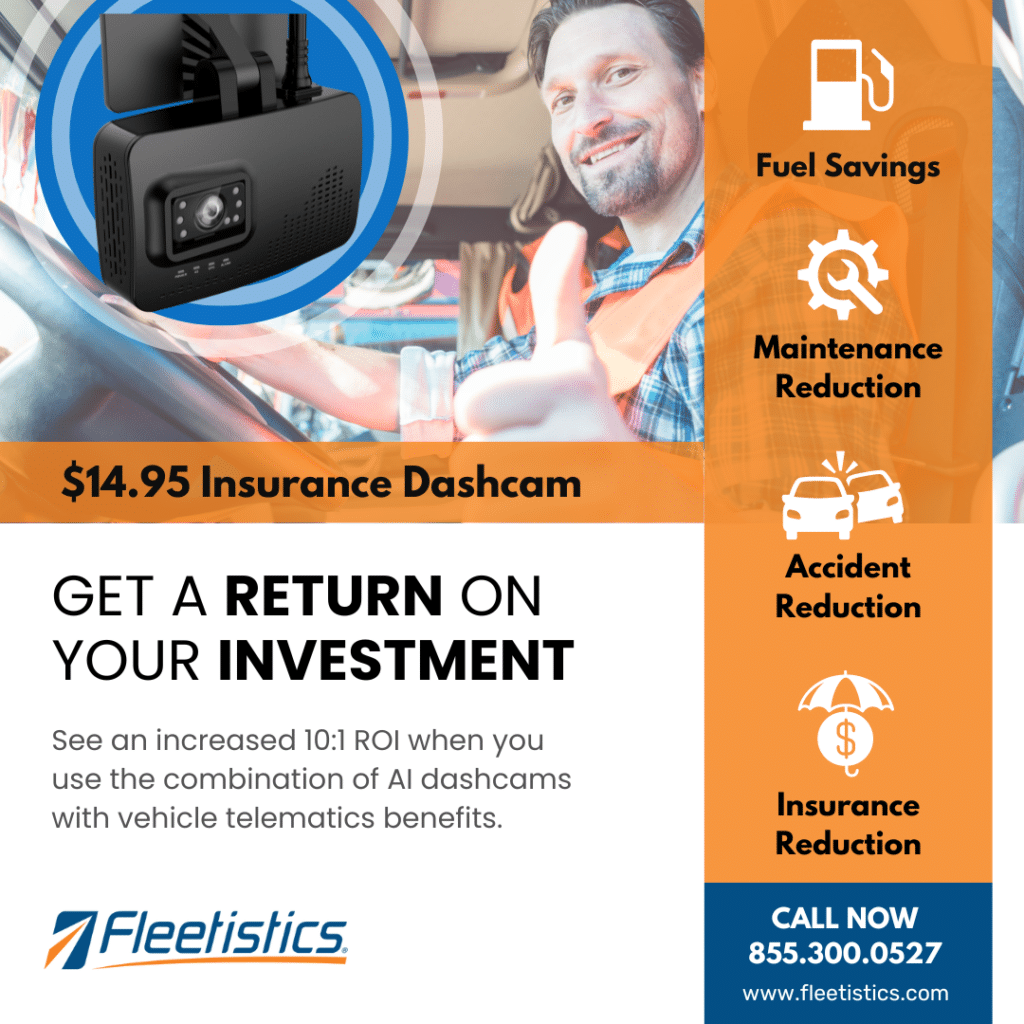The Vision Zero Strategy
In this segment we will discuss Vision Zero and how sophisticated and affordable telematics solutions can help you reach your goals. First it is important to understand what Vision Zero means and how it works.
Vision Zero is a strategy to eliminate all traffic fatalities and severe injuries, while increasing safe, healthy, equitable mobility for all. First implemented in Sweden in the 1990’s, Vision Zero has proved successful across Europe. It was officially introduced in North America 1995 and is quickly being adopted across many cities in the United States.
Among these cities are Seattle, NYC, San Francisco, Washington D.C., Boston and many more. Even closer to home Orlando, Tampa and Hillsborough are implementing Vision Zero goals.
Where to Start
The question is what tools are needed analyze the data involved with traffic fatalities. Information that is important to study is traffic patterns, traffic light coordination and timing, occurrence of collisions and the ability to highlight hazardous intersections to name a few. NYC’s Department of Citywide Administrative Services (DCAS), for example, adopted telematics to encourage safe driver behavior in its very large municipal fleet.
In an effort to make change DCAS uses collision reporting data to better understand the occurrence of collisions. This allows them to better modify safety training, evaluate roadway conditions and assess the efficiency of street improvements and projects for all road users. Another benefit of telematics for DCAS is the reduction of costly lawsuits and process that consume valuable resources.
Vision Zero Results
NYC’s Department of Transportation (DOT) also implemented the same telematics solution in the agency’s 35,000 fleet vehicles to analyze the speed within the fleet and the quality of pavement. In NYC, telematics has contributed to a reduction in fatalities two in 2018 compared to eight in 2014 as employees engage in safer driving behavior.
We live in an era of Big Data. Telematics can optimize smart transportation. Aggregate data allows cities to closely monitor traffic flows, understand the effects of new projects and speed reduction programs as well as assess the efficiency of traffic signals, map air quality and highlight hazardous intersections. These are all tools to better manage the city’s transportation system as a whole.
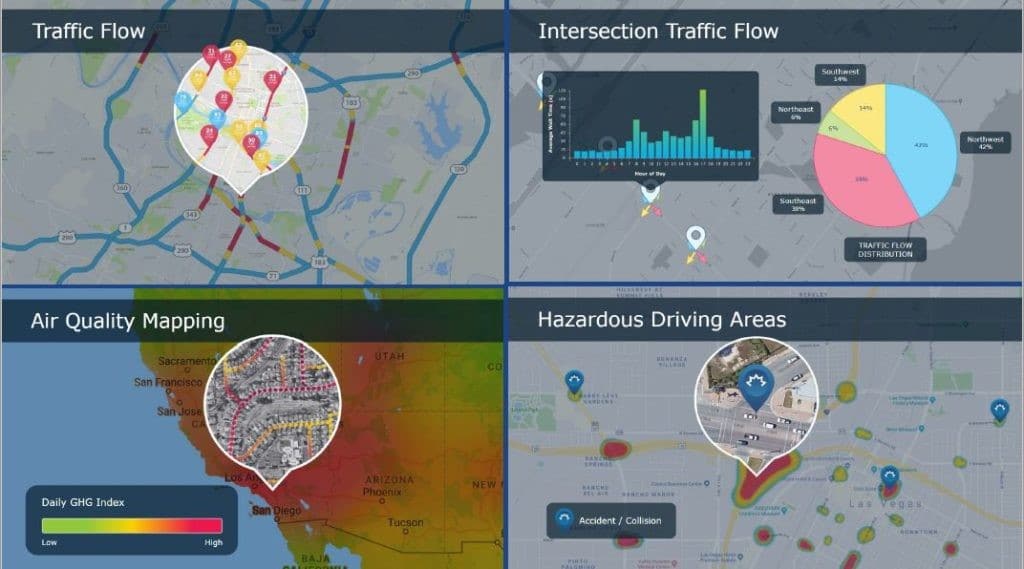
More Benefits With Less Effort
By combining air quality sensors with telematics solutions, city vehicles have the ability to measure air pollution without changing their regular routes, according to the Environmental Defense Fund (EDF). Air pollution data is collected by stationary air quality monitors placed miles apart. This has been proven not to be the best solution as studies have shown that air pollution levels can vary greatly from one block to another.
By installing mobile monitors on fleet vehicles could allow a city to cover more ground. According to the report, a fleet in a small or medium North American city could map 50% or more of the city with 10 vehicles, and almost 80% of the city with 20 vehicles. In Washington, D.C., where only five stationary air pollution monitors are installed throughout the city, the top 20 public vehicles covered nearly 70% of the city in six months.
The Future of Vision Zero and Telematics
Vision Zero is not a slogan, not a tagline, not even just a program. It is a fundamentally different way to approach traffic safety. That being said, implementing a successfully proven telematics solution is an invaluable tool to help cities across North American reach these powerful safety goals.
Fleetistics goal of every driver returning home safely every day embodies the Vision Zero goal. Contact Fleetistics today for a consultation.








